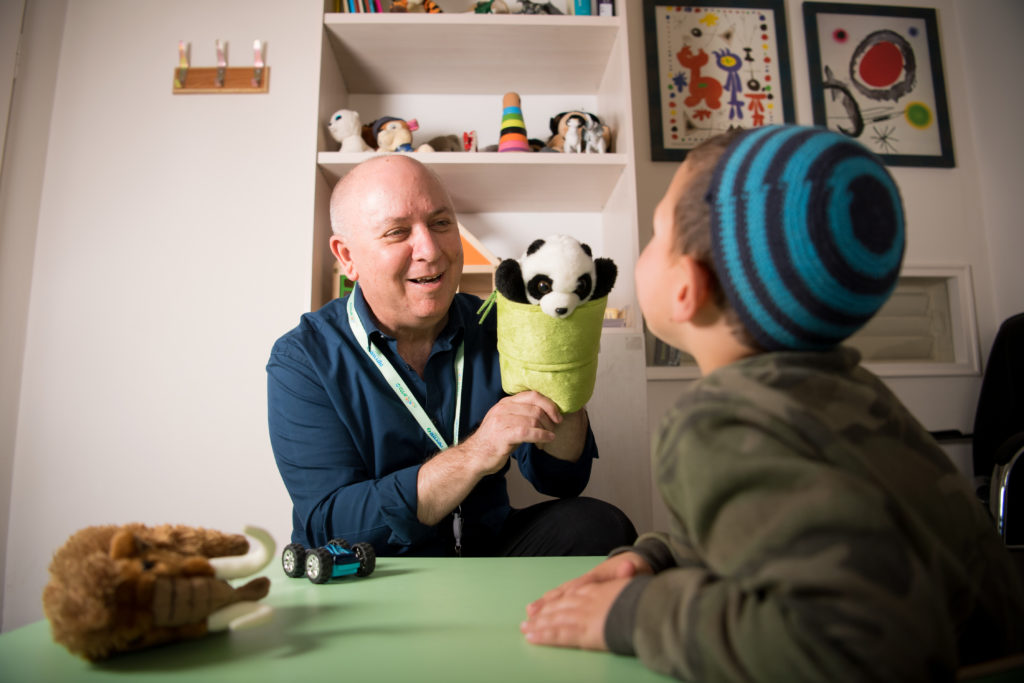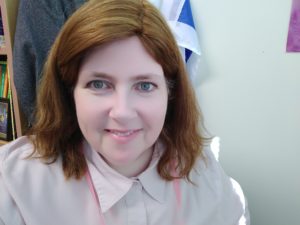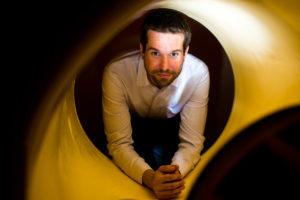
By Jan Lee
For 12-year-old Jamie Gold, attending school has always been an uncomfortable and stressful experience.
Jamie (whose name and identity have been changed for privacy) has autism, a disorder that can interfere with a child’s ability to learn in conventional classroom settings. While most kids can adapt to bright fluorescent lights, buzzing noises, busy chatter and the changing dynamics of a sixth-grade classroom, children diagnosed with Autism Spectrum Disorder often struggle with sensory issues that make it harder to stay engaged and participate in class.
But this past year has presented even greater challenges for Jamie, who, like many, suddenly found himself attending classes from home, with no physical connection to friends and teachers. Even though he could see his teacher and classmates on the flat computer screen and had the daily support of his mom or dad during lessons, studying from the kitchen table, alone, rather than in the comfort of a specially outfitted classroom was disorienting and upsetting.
So last year, at the advice of Jamie’s occupational therapist, his parents applied for a grant from the Macks Center for Jewish Education, an agency of The Associated: Jewish Federation of Baltimore, to buy a special swing like the kind Jamie uses at his therapist’s office. For Jamie, being able to lie or sit on the large platform swing for 10 minutes before class is not only calming, said Rachel Turniansky, CJE director of disability and inclusion services, it’s an important tool in fulfilling what autism experts call a “sensory diet” that helps people with ASD function successfully.

CJE and the principal of Gesher
LaTorah. (Macks Center for Jewish Education)
“A lot of times children with autism have some kind of a glitch in how they process sensory input,” Turniansky said.
That “glitch” can present differently for each person: It can affect how they hear, see, smell or physically sense touch. Sensory integration tools and mechanisms help address those needs, but some researchers believe they do something more: They can help teach the child’s sensory system how to catalog and cope with distracting and uncomfortable stimuli. For Jamie, the swing not only helps center and calm him prior to each class, but provides a regimen that helps him meet his daily class schedule.
Since autism can present differently for every patient, Turniansky said, no one therapy works for all children. A hard platform swing that allows Jamie to lie on his tummy and comfortably rock back and forth may not produce the same calming and centering effect for another student with autism. And for that reason, said Turniansky, the CJE’s autism grant program is tailored to meet a broad range of family needs. For another child, the answer may not be a swing, but a new type of adaptive seating that allows her to attend class comfortably. Or it may be a specially designed weighted blanket that can be laid across the student’s lap during distance learning sessions. All of these items cost money that families may not be able to afford, especially if they aren’t working because of the pandemic, said Turniansky.
“This past school year a lot of kids have been home a lot,” which sometimes means more home modifications to ensure kids are safe, both in and outside the house. “So [the funding] is not specifically just aimed at sensory kits,” she said.
A small grant may allow the family to build a safer outdoor space in which to play or new noise-canceling headphones that make it easier to concentrate during class.
“We usually [coordinate the funding] in consultation with the family service provider,” Turniansky said.
That may be an occupational therapist, a physician who recommended treatment or the school that was originally providing the sensory equipment prior to transitioning to distance learning.
The autism funding program, which is now in its sixth year, is supported by a block grant from the Baltimore-based nonprofit Jill Fox Memorial Fund, which is dedicated to assisting community programs and needs related to health care. Turniansky said the JFMF’s funding allows CJE to assist families with covering costs that often don’t show up on their tax forms as deductible expenses, but are still crucial to the child’s care, such as extra therapies or money for child care.
“That’s often the case for children with disabilities. Those kinds of things are definitely impacting families, especially right now,” Turniansky said.
Even though many Baltimore schools are now open for in-person classes, Turniansky said the need is still there. The funding for sensory equipment and other home support systems are still a vital part of what allows children with autism to function successfully both at home and at school.

Center for Autism Research at Ben-Gurion University of the Negev. (Dani Machlis, © Ben-Gurion University of the Negev)
Ilan Dinstein, who heads the National Autism Research Center at Ben-Gurion University of the Negev in Israel, said individualized therapy approaches are often crucial to the child’s physical and social development. Successful therapy usually starts with finding what play activities or tools appeal to the particular child’s sensory needs.
“[Therapy] is very personalized,” Dinstein said. “What works for one [child] will not necessarily work for another.”
He said there has not been a lot of clinical research into why therapeutic swings, for example, are engaging for some children and not others, but researchers have found that “exercise and certain motor activities are the answer. And that’s where sensory integration comes in,” he said.
In the long run, “figuring out what will help kids with autism and their families will require research to take a personalized medicine approach,” he said.
Autism experts are already mapping out what that will look like in the future.
“We’re going to need multiple different solutions for different children,” Dinstein said.
To accomplish that goal, Dinstein is overseeing a national autism database that brings together patients, families and physicians and other service providers in Israel and opens the door for a more networked, community approach toward addressing the cause and treatments of autism.
“That is where I believe the hope for future developments lies,” Dinstein said. “And I am actually very, very hopeful.”
Back in the United States, autism awareness is growing as well. Last month, as schools were gradually reopening and young students were transitioning to the new, awkward territory of socially distanced, in-person learning, advocates were reminding the public of April’s special significance: It was Autism Awareness Month.
Turniansky said while the recognition is helping educate the public about the existence of autism spectrum disorders, there is a broader message that needs to be recognized as well: That people with autism are an integral, diverse and productive part of society and deserve to be included in the conversation of what it means to be autistic.
That, Turniansky said, is an important underlying goal of CJE’s mission: to provide supportive mechanisms that help children with autism recognize their own individual potential. And that effort starts with ensuring that every child, irrespective of the disability or challenge he or she faces, has equitable access to education.
“Certainly [autism] can have a very big impact on a person’s life and a family’s life, but individuals with autism feel this is part of their makeup,” Turniansky said. “[Raising] awareness is a good thing but [so is] acceptance and appreciation of the diversity.”
Jan Lee is an independent journalist living in Canada who writes on Jewish culture, history, business and the environment.







